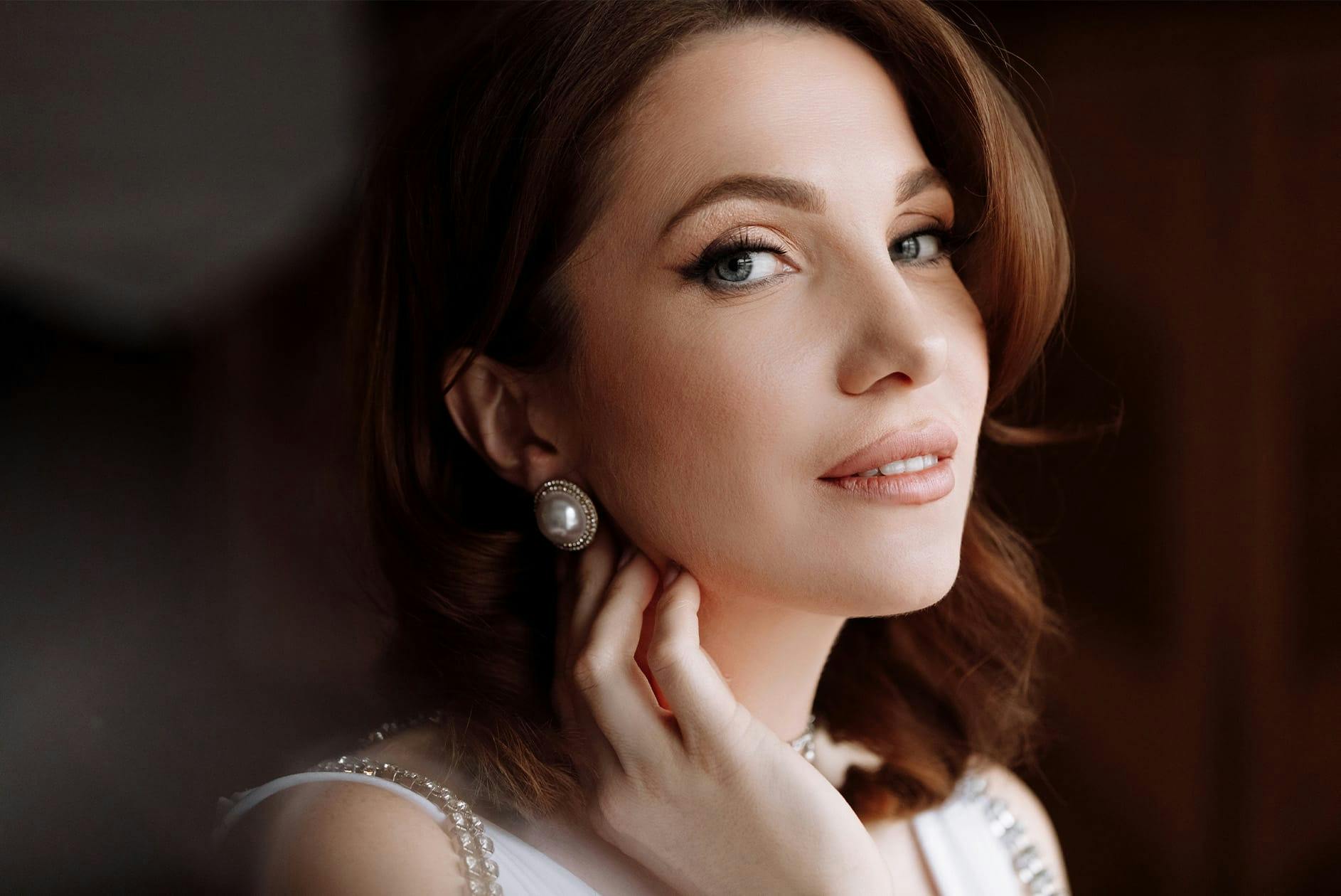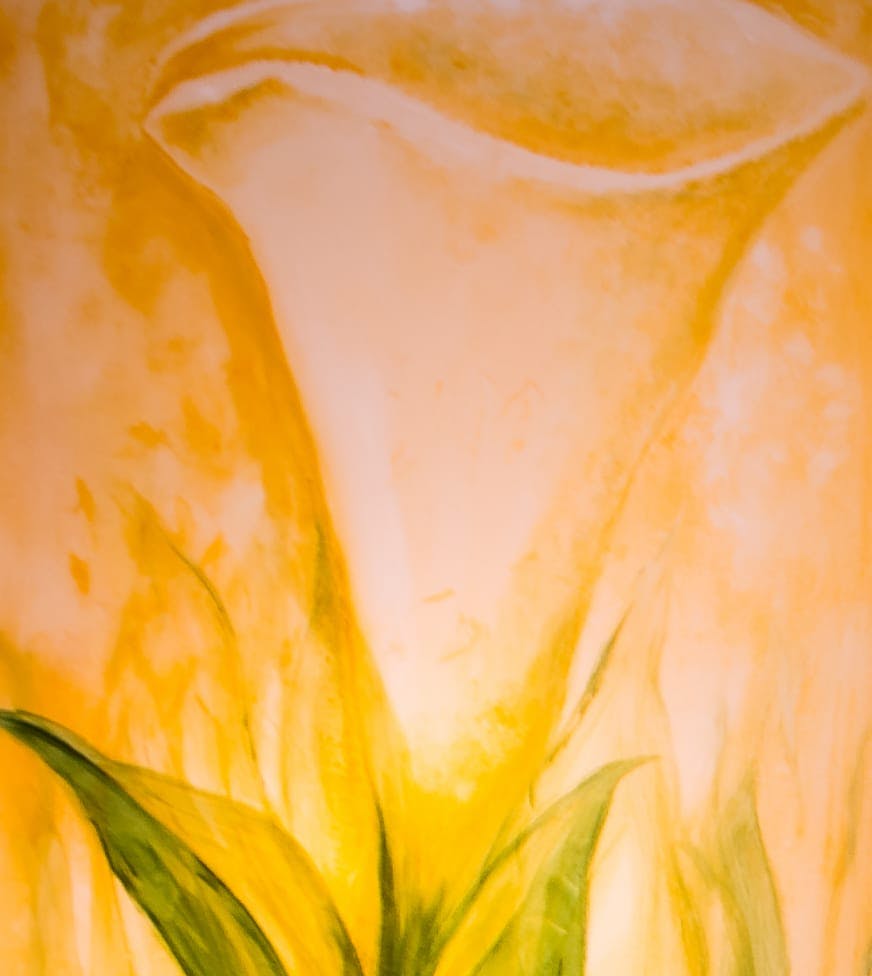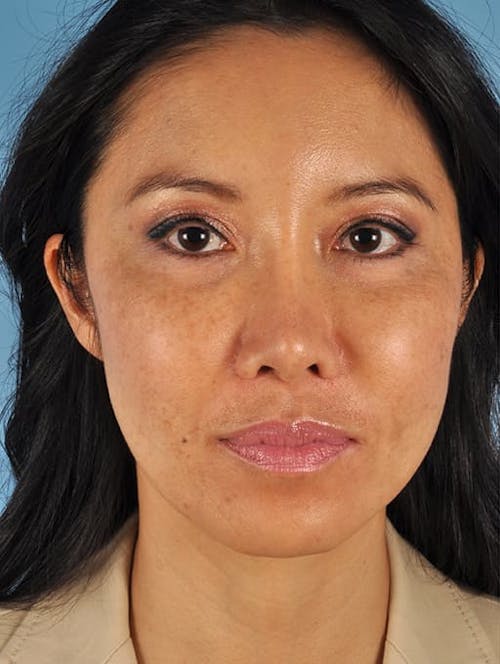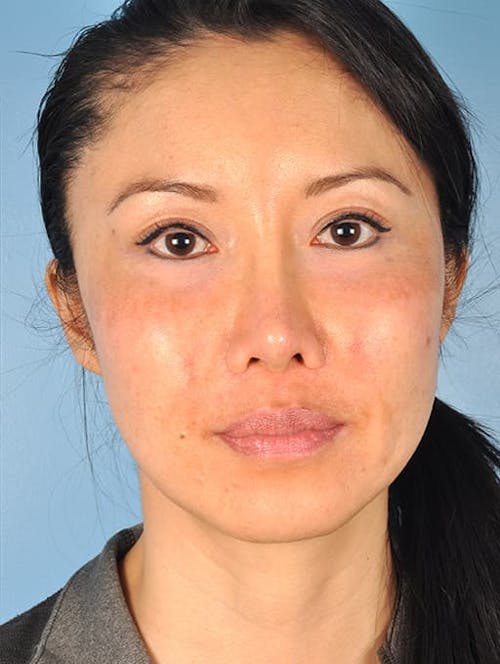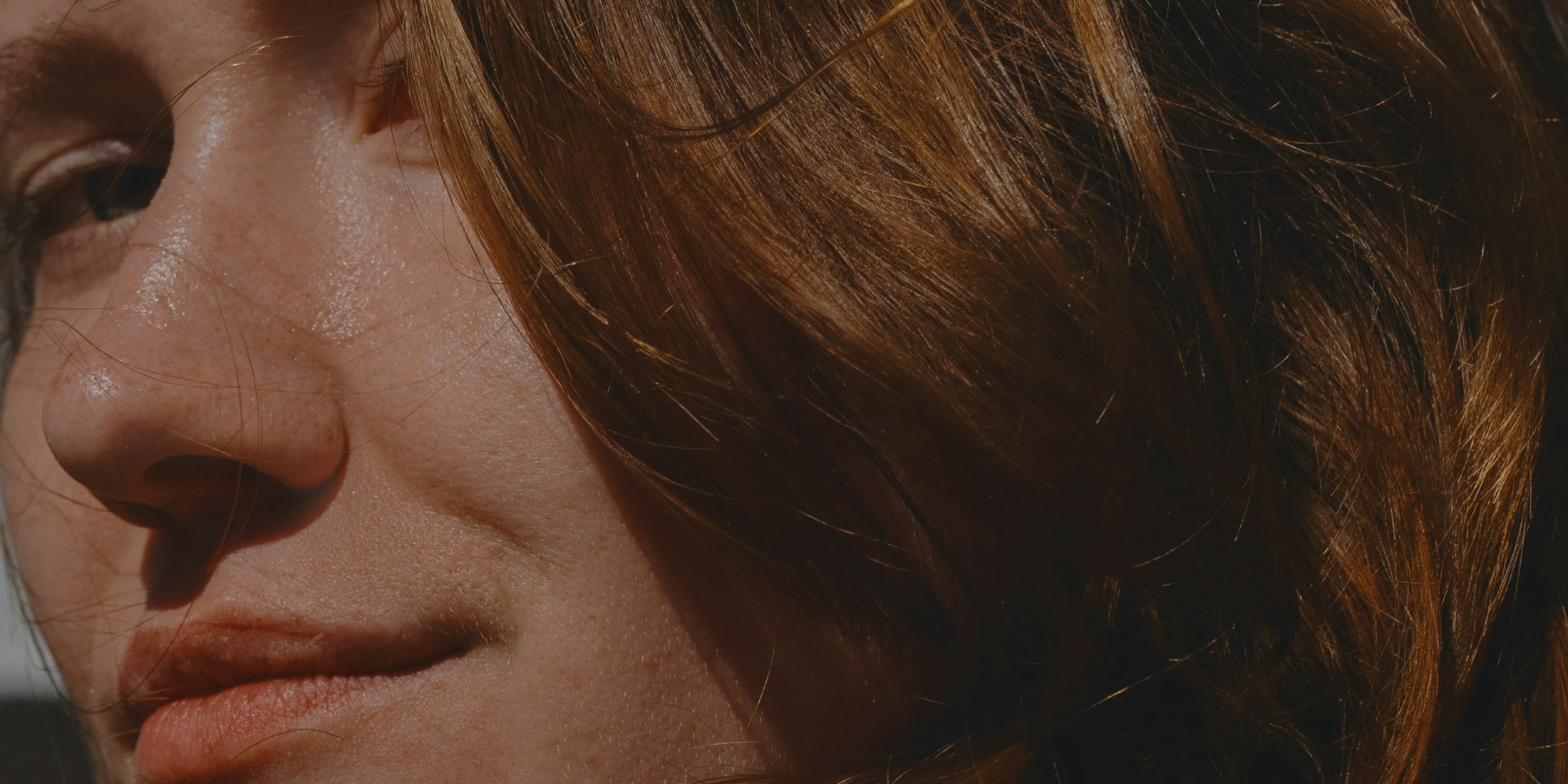The anatomic changes that occur in the upper face associated with aging include the descent or drooping down of the eyebrows over the orbital rim, hooding of eyelid skin over the lid shelf (where eye shadow is worn), and increasing wrinkles–horizontally oriented associated with the individual contracting the muscles that lift the eyebrows and vertical lines between the eyebrows–the result of making a frowning expression.
Can a Brow Lift be Combined with Other Plastic Surgery Procedures?
A brow lift, or forehead lift, is often combined with an upper or lower blepharoplasty (eyelid surgery) or a facelift to achieve a natural look. Corey S. Maas, MD, of The Maas Clinic™ in San Francisco, reviewed the information about brow lift surgery. If you have any questions, don't hesitate to contact us now.


